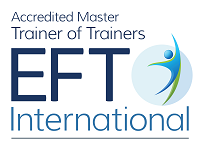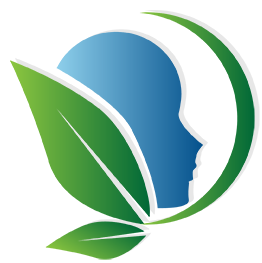
EFT Level 1 & 2 Training
Fri 09 Jan to Fri 27 Feb
EFT Level 1 - Online
Fri 09 to Fri 30 Jan
EFT Online Group Mentoring.
Wed 14 Jan
Thu 22 Jan
EFT Online Group Mentoring for Trainers
Thu 29 Jan
Thu 26 Mar
EFT Level 2 - Online
Fri 06 to Fri 27 Feb
St Albans, Herts, UK
+44 (0)7811 484 673

Sejual's Corner - June 2008
Friends recently gifted me a pot of Egyptian hand-made incense called Kyphi. The origins of this spice laden mixture of amber, frankincense, and myrrh date back at least 2200 years when the recipe for it was inscribed on the walls of the temple at Horus at Edfu. Kyphi was used for medicinal and spiritual purposes and burnt mainly at dusk. Delighted by how different this incense is I’m now offering an incense workshop later this year at the Healthy in Mind healing space. Please take a look at this and the other new guest workshops available on the Events page. I’m planning other guest workshops over the coming year to make available different healing knowledge, so keep an eye on the Events page.
This month I’ve read two very different books. Healing Mantras by Thomas Ashley-Farrand is an absolute joy. It sets out Sanskrit mantras drawn from Vedic scriptures and provides clear explanations and examples as to their use and benefits. Mantras provided in the book touch on physical and mental health, abundance and spiritual growth. Some of those included have been a daily part of my life since childhood, and with the help of this book I’m discovering more information about their benefits. It feels good to be connecting more closely with my own spiritual roots. The discipline and benefits of working with mantras is reminiscent of Ho’oponopono as mentioned in a previous newsletter.
For those unfamiliar with toning Sanskrit phrases the book includes a free CD with the chants and short explanations on how to pronounce the phrases. The author is American born and yet shows an excellent skill in pronouncing the mantras correctly. For example, the word ‘Namaste’ is correctly pronounced with a short ending of ‘ste’ as in the word stem rather than an elongated ‘stay’.
Another book I’ve read this month is Slyvia Browne’s Temples on the Other Side. She describes healing temples and places of information that exist in the after-life. Whilst open to many different spiritual outlooks and with little if any dogma attached to it, the book didn’t resonate with my view of life beyond the veil.
Why is it that the buildings on the other side are predominantly described as being Romanesque? What happened to the pagodas, minarets, and intricately sculpted edifices that we see in our world here? Then there is such an overlap between the functions of the different healing rooms described. Do we really carry over our identities that we had in this world? If so which one goes over with us? I've lived wiht the impression that our identities change life after life?
As with all books on spiritual growth, I always suggest following what resonates with you. This one didn’t for me although more positively is draws on the information that working with the Divine feminine (referred to in the book as Mother God) offers the potential for huge leaps in self development. That's worth exploring.




